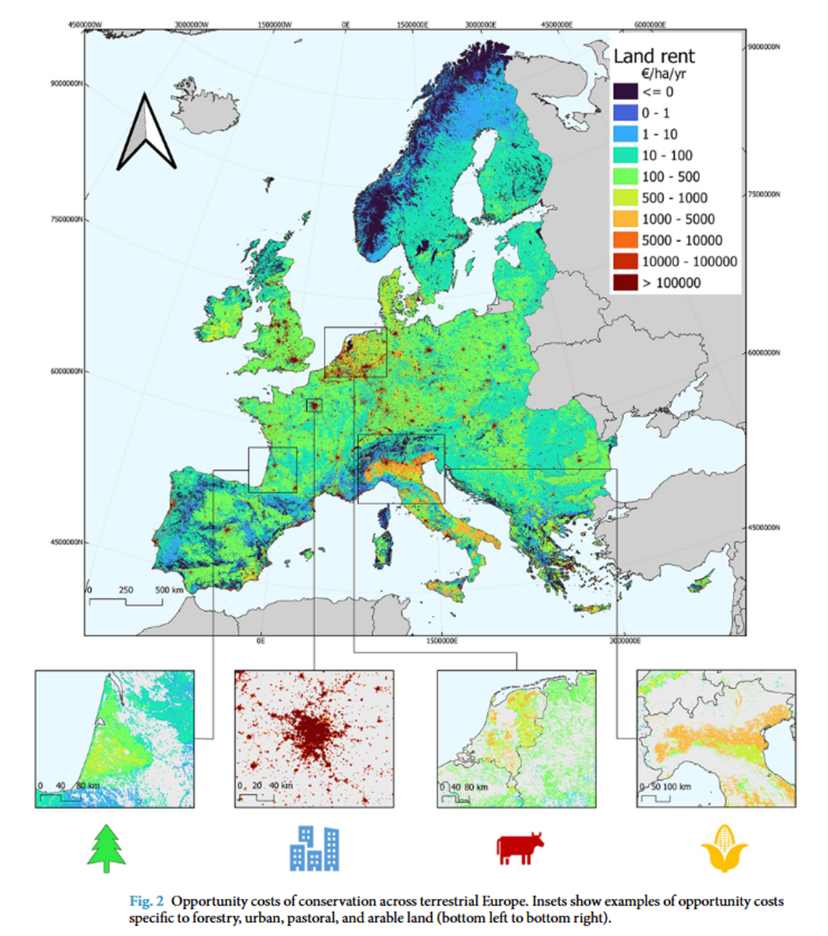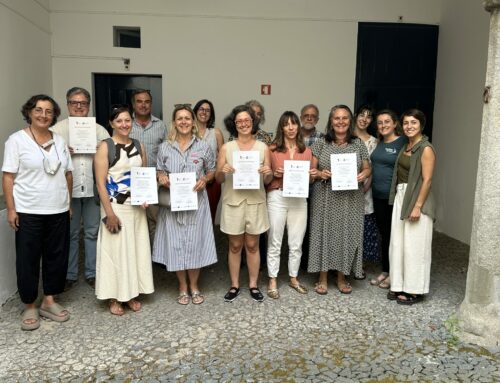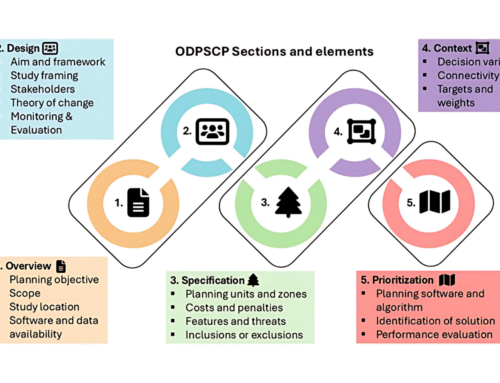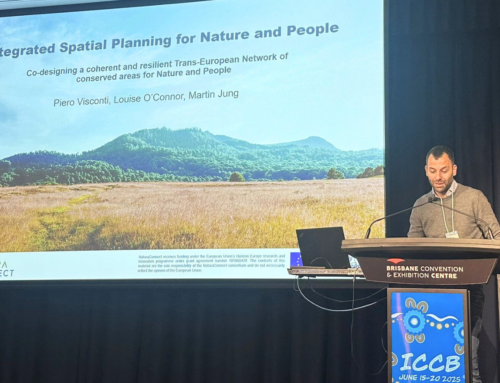We are pleased to announce that the NaturaConnect project has recently contributed two significant publications that provide new tools and insights for conservation planning across Europe.
The first study, “Opportunity cost estimates for spatial conservation prioritisation across terrestrial Europe” (Douglas Spencer et al., Scientific Data, 2025), addresses a critical gap in high-resolution, pan-European economic data for conservation. The team developed a 1 km resolution layer of opportunity costs (€ / ha / yr) for arable, pastoral, forestry, and urban lands. The dataset highlights that urban land carries the highest opportunity costs, followed by arable, pastoral, and forestry land, and is designed to support broad-scale, economically informed conservation prioritisation. This resource enables planners to integrate economic feasibility into spatial conservation strategies, helping to identify solutions that maximise biodiversity benefits while considering land-use trade-offs.
The second publication, “Multilayer Network Analysis Reveals Connectivity Synergies Between Protected Area Levels Across Various Taxonomic Groups” (Marie-Caroline Prima et al.), focuses on connectivity among protected areas in metropolitan France. Using a multilayer spatial network approach and an ecological continuity framework, the study examined 397 vertebrate, invertebrate, and plant species at 1 km² resolution. Key findings show that non-strict protected areas make a substantial contribution to habitat accessibility, and that synergies between strict and non-strict protections can significantly enhance overall connectivity. The study emphasises the need for coherent protected area expansion, strategic corridor designation, and multi-taxa approaches to preserve biodiversity effectively.
Together, these outputs demonstrate how economic and ecological data can inform evidence-based conservation planning, providing practical tools for policymakers and conservation practitioners across Europe.
Read the full publications:
Opportunity cost estimates for spatial conservation prioritisation across terrestrial Europe





